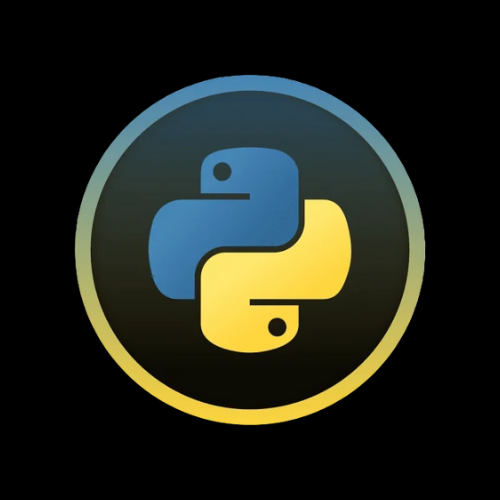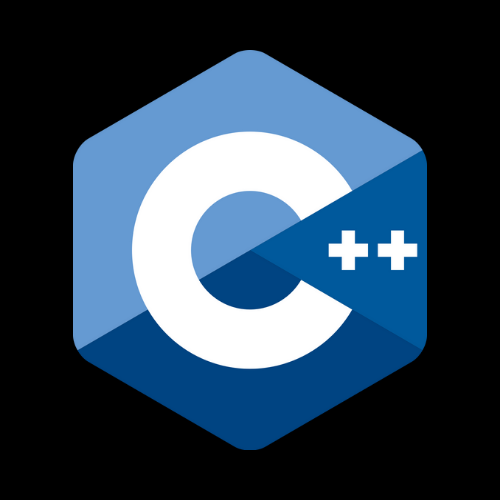Python's syntax is known for its simplicity and readability, making it an ideal choice for both beginners and experienced programmers. Here's an in-depth look at Python's syntax
-
Comments:
- Comments start with a
#and are used to document code. They are ignored by the Python interpreter. - Example:
- Comments start with a
-
Indentation:
- Python uses indentation to define code blocks (instead of braces or other delimiters).
- Indentation is typically done with four spaces, but you can use tabs or other spaces as long as you're consistent.
- Example:
-
Variables:
- Variables are created when you assign a value to them.
- Python is dynamically typed, meaning you don't need to declare a variable's type.
- Example:
-
Data Types:
- Common data types include integers, floats, strings, lists, tuples, dictionaries, and more.
- Example:
-
String Concatenation:
- You can concatenate strings using the
+operator. - Example:
- You can concatenate strings using the
-
Input/Output:
- Use
input()to get user input andprint()to display output. - Example:
- Use
-
Conditional Statements:
- Python uses
if,elif(else if), andelsefor conditional branching. - Example:
- Python uses
-
Loops:
- Python supports
forandwhileloops. - Example of a
forloop: - Example of a
whileloop:
- Python supports
-
Functions:
- Functions are defined using the
defkeyword. - Example:
- Functions are defined using the
-
Lists and Dictionaries:
- Lists are created using square brackets
[], while dictionaries use curly braces{}to store key-value pairs. - Example:
- Slicing and Indexing:
- You can access elements of a list or characters in a string using indexing.
- Example:
- Error Handling:
- Python has
try,except,else, andfinallyblocks for handling exceptions. - Example:
- Imports:
- You can import modules and libraries using the
importstatement. - Example:
- Classes and Objects:
- Python supports object-oriented programming (OOP). You can define classes and create objects from them.
- Example:
- Whitespace Sensitivity:
- Indentation and whitespace are significant in Python. Make sure to maintain consistent indentation throughout your code.
Python's syntax is designed to be human-readable and intuitive, which is one of the reasons for its popularity among programmers. Its simplicity and clarity make it an excellent choice for a wide range of programming tasks.


